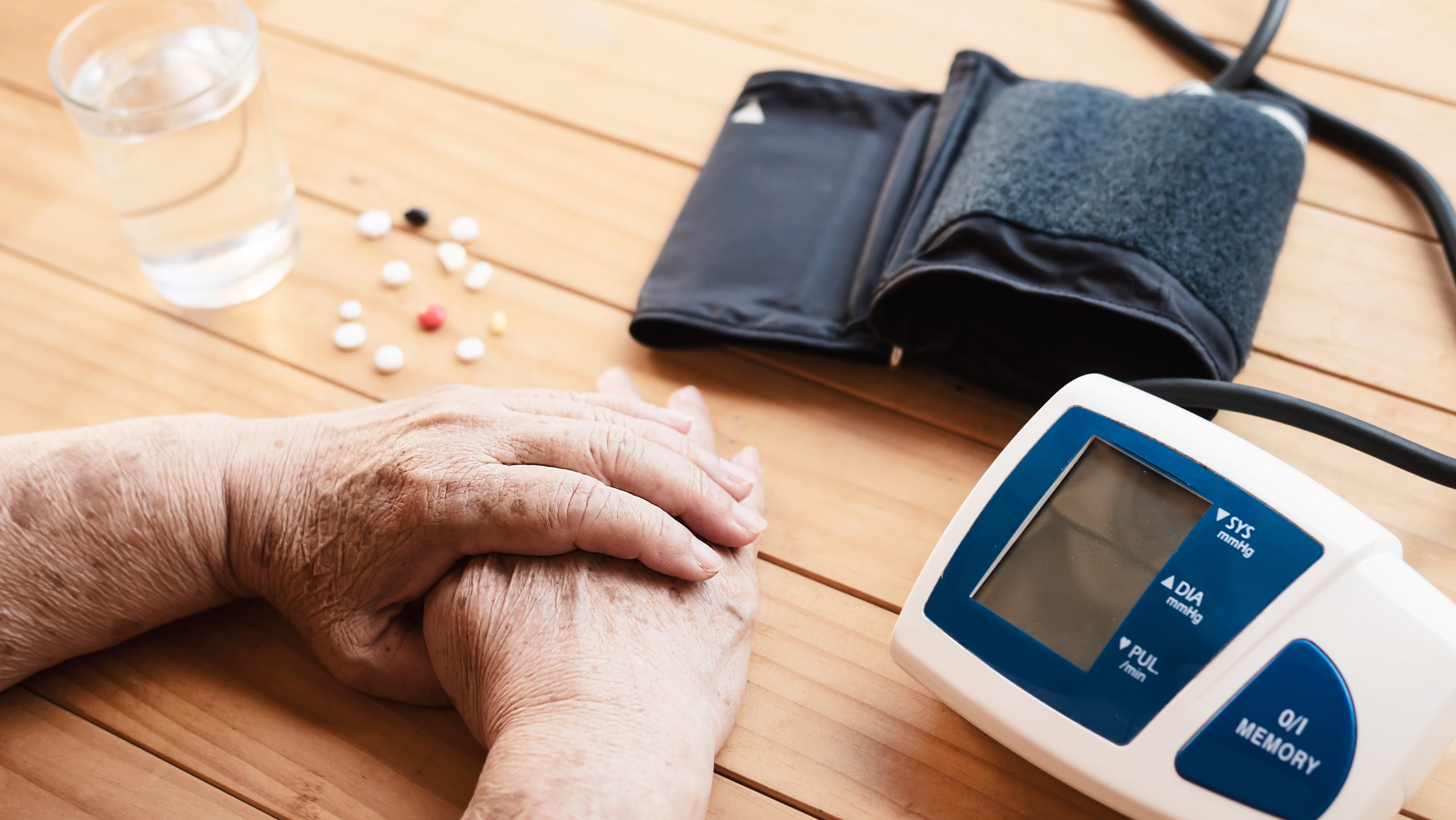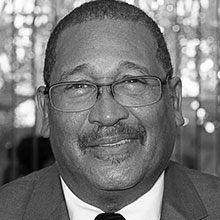RPM is known as Remote Physiological Monitoring or Remote Patient Monitoring. RPM gathers data on a patient outside of the normal clinical setting. Utilizing technology to gather more information on a patient with a chronic or acute condition allows providers doing RPM or RPM companies like Prism Care to address problems as they start to occur. Prism Care is a turnkey solution to Remote Patient monitoring because we do the monitoring for providers under 42 CFR section 410.26(b)(5). One of our designated clinicians can prevent an event that may require a more serious intervention by monitoring the patients’ trends.
How does remote patient monitoring work?
Remote patient monitoring is when a doctor or nurse uses special equipment to keep track of how a patient is doing when they’re not at the hospital or clinic. Typically, the equipment includes a blood pressure cuff to measure blood pressure, a pulse oximeter to measure oxygen saturation and heart rate, and a weight scale to track weight changes.
The measurements that the patient takes using the equipment is sent to the doctor or nurse who can look at it and see if there are any problems, who can spot potential problems sometimes before the patient can feel any symptoms.
They can also use video calls to talk to the patient and ask how they’re feeling.
This helps the doctor or nurse to know if the patient needs to come in for a visit, or if they can stay home and just keep an eye on things.
Remote patient monitoring can be really helpful for people who live far away from the hospital, or who have trouble getting around. It allows them to get the care they need without having to travel.
How does remote patient monitoring improve patient satisfaction?
Providers, home health workers, and caregivers gain more knowledge on a patient through the vitals that are taken daily or as often as the provider may require the patient to take these vitals. The trends help providers know more about their patients’ health and can adjust their care plan through this collection of data. This keeps the provider and patient engaged by empowering and involving patients in their own healthcare. Through RPM, clinicians and patients stay engaged and it enhances future provider visits since the provider will have the patient’s real-time information through the portal. Engagement is key in order to provide a great patient experience.
Traditionally, a provider would see their patients in a clinical setting when scheduled where they will discuss any changes in trends in the vital signs. The patient leaves with a recommendation of medication or a change in daily habits that affect their health. The question is: how many patients do what their providers ask? And, how many providers open the patient’s file in-between visits? Or, is there any other engagement between the provider and patient during the time period that a patient walks out the provider’s office door? Proactively addressing trends is so important in a patient’s health! Knowing this, RPM is a huge game changer in the patient-provider experience and the overall reason why CMS and private insurance companies pay for RPM. This type of reimbursement for proactive care is less costly in preventing unnecessary readmissions, unnecessary visits, hospitalizations, ER visits, and ambulance rides. According to CMS, the total amount spent for healthcare in 2019 was $3.8 trillion – of which a good portion could have been prevented.
Which patients can benefit the most from remote patient monitoring?
RPM can be used to monitor and manage the following conditions:
- hypertension
- diabetes
- chronic obstructive pulmonary disease
- chronic kidney disease
- congestive heart failure
We offer remote patient monitoring in-house where all of the data is captured by our staff. This allows us to intervene quickly before an issue grows into a significant event.
TVP-Care specializes in treating seniors and the chronically ill. Contact us to schedule your first appointment!














